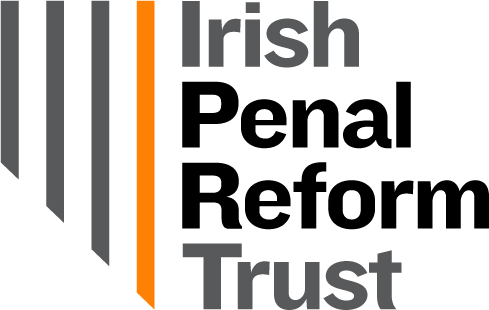Young People in St.Patrick's Institution
9th February 2011
The report Young People in St.Patrick's Institution was published by the Ombudsman for Children today. The document reports on the experiences of children and young people (aged between 16 and 21) who are detained in the facility, as well as recommendations to, and comments from, the Irish Prison Service. The report was published as a way to support young people in their views, to create awareness about issues that concern them, and to encourage change in the operation of the facility.
The Ombudsman focused on a select number of issues which she found to have affected young people.
Some of her main findings were:
- In relation to the committal process, that young people often felt confused on admittance to St.Patrick's. Particularly regarding the rules and procedures of the prison, as well as being confused about their rights and entitlements while serving their sentences.
- On the issue of separation of children and adults, that some children were detained in the same areas as adult prisoners. This occurred predominantly while children were on protection or under medical observation.
- Accommodation in the Victorian style prison was not suitable and the Ombudsman expressed concerns that it posed a threat to the young people's physical and mental health.
- Health provisions were largely being met although the participants did express concerns about food and drinking water. Of particular worry was young people's anxiety about approaching staff about mental health problems, which could result in them being put under protection and locked up for 23 hours a day.
- In relation to training and education, most young people said they were satisfied with the education and workshops they were enrolled in. They are able to complete FETAC accredited courses and prepare for state examinations.
- Where safety and protection was discussed, most had a positive opinion of staff, especially the prison chaplains and teachers in the school. Most had negative opinions of the prison officers, in particular that they did not respect young people or their right to privacy.
- Contact with family was one issue that was very important to young people. The Ombudsman welcomed the use of telephones in the screened visits room so that communication between young people and their visitors was better facilitated.
- In relation to complaints procedures, the majority of the participants were aware of the complaints process. However they were not confident that their complaints were being handled with complete impartiality. A suggestion was made by one young person that an external body should be created so that prisoners can make complaints in a more confidential process.
- In regards to their rehabilitation, the young people felt that their transition from prison back into the community was not facilitated well. They described the process as being very sudden, that they had little or no support, and that they were not equipped with the skills or knowledge to reintegrate back into society.
The Ombudsman does admit that there are some discrepancies between the young people's perception of operations and the procedures that are in place. It is important to draw attention to them so that those issues can be addressed and clarified for all involved. This also highlights the need for the establishment of an independent mechanism to deal with complaints in the future.
The Ombudsman for Children recognises that while young people in St.Patrick's have committed crimes against the state, they nevertheless have the capacity to change, with the right supports and resources. The Irish Prison Service has a duty of care towards young people placed in St.Patrick's institution. The participants in this report are amongst the most vulnerable in society and need to have their best interests accounted for.
While there were positive results from the report, it is clear that Ireland must bring an end to the imprisonment of children at the earliest opportunity, but in the interim period, the Ombudsman for Children has now set out a clear blueprint for minimizing the damaging effects that a period in St Patrick’s Institution can have on these young people. The Irish Prison Service has responded to these recommendations throughout the document, and to which it should be held to account.
Read more:




